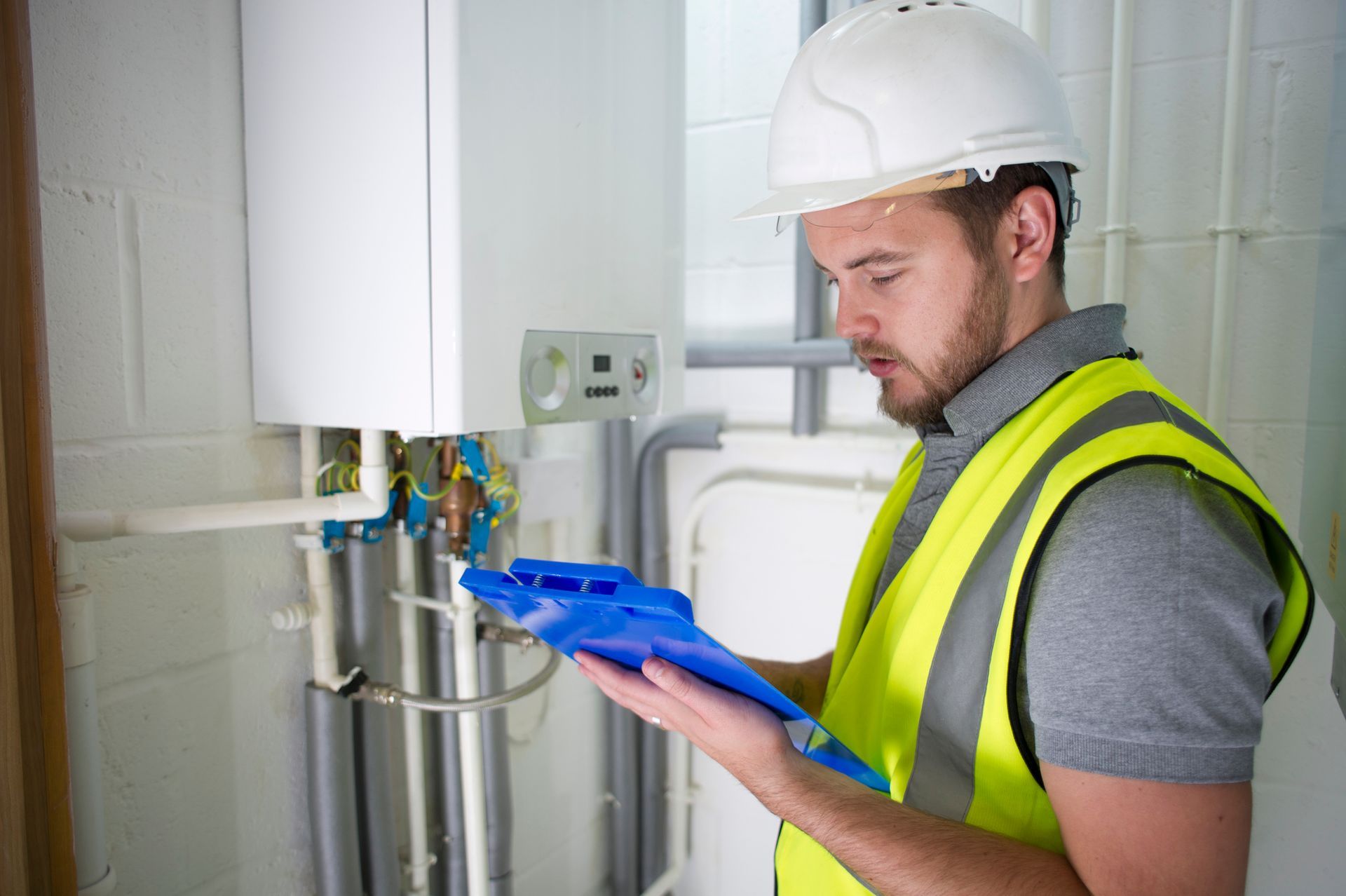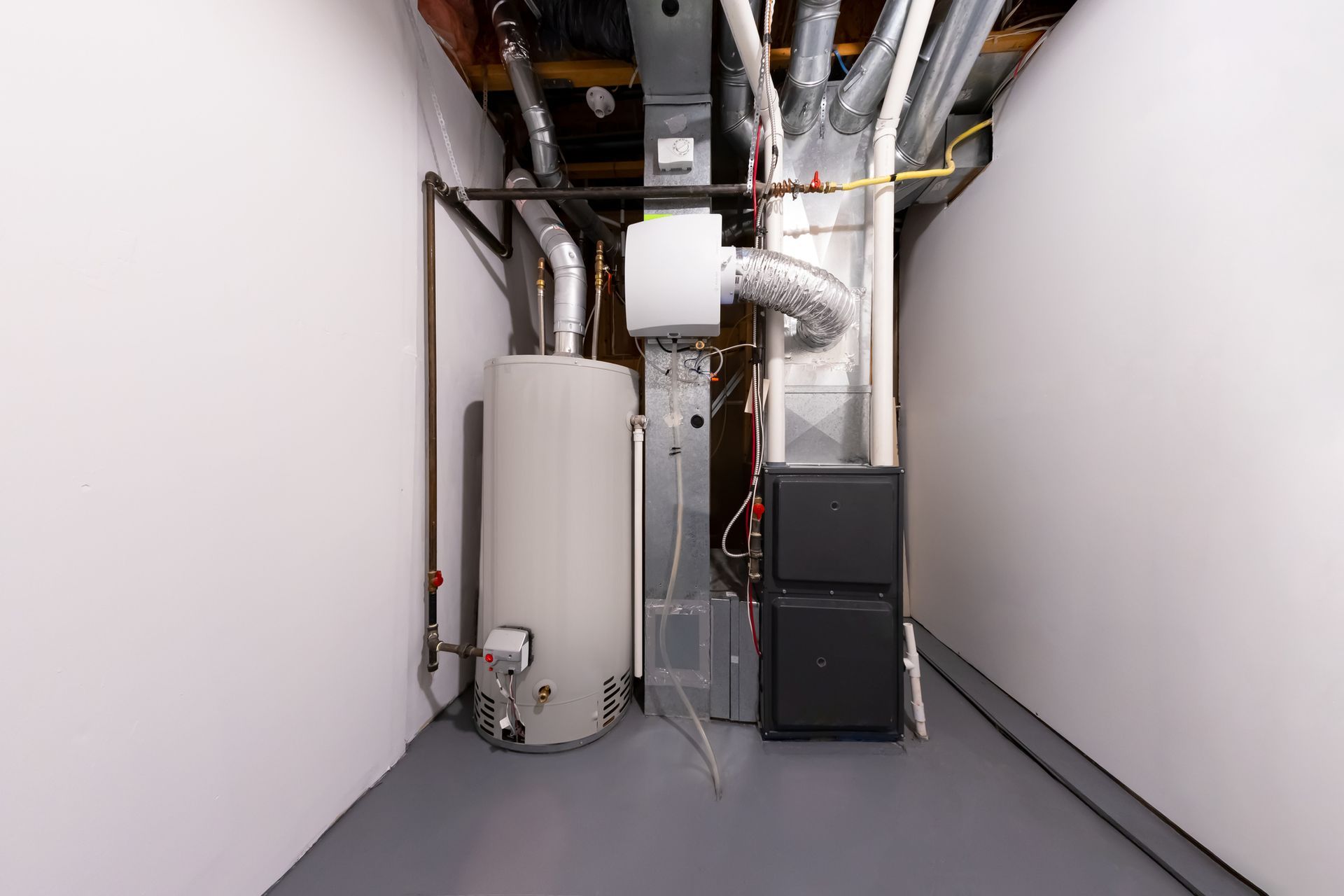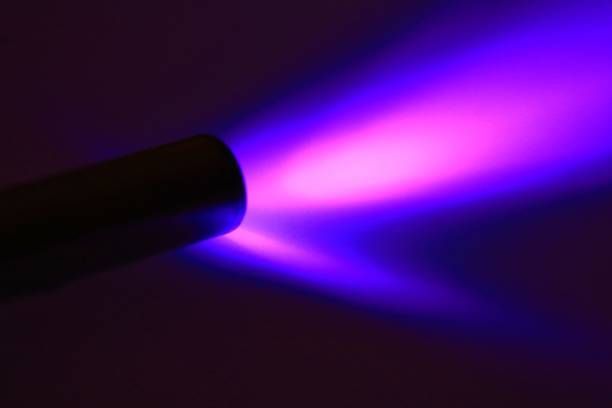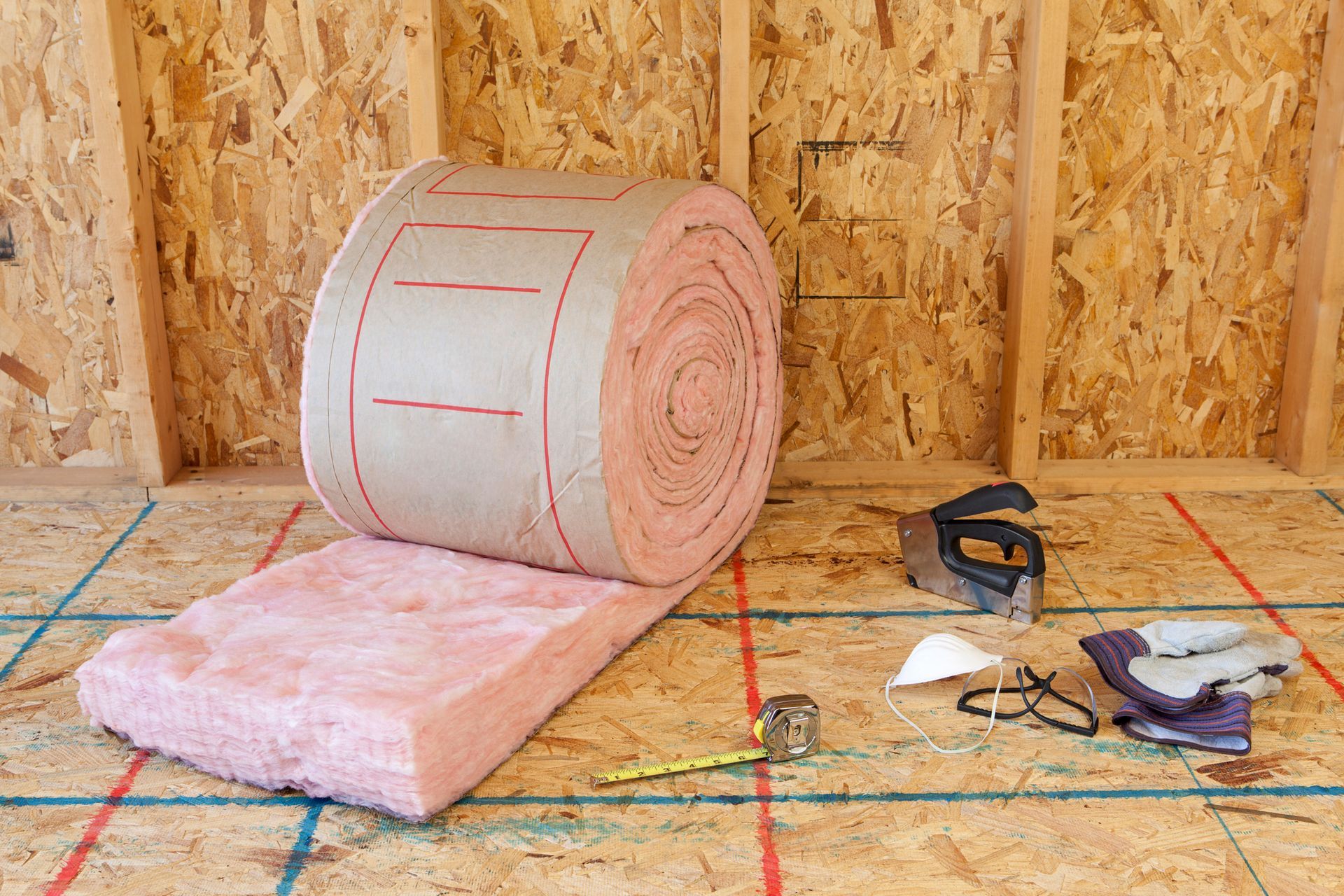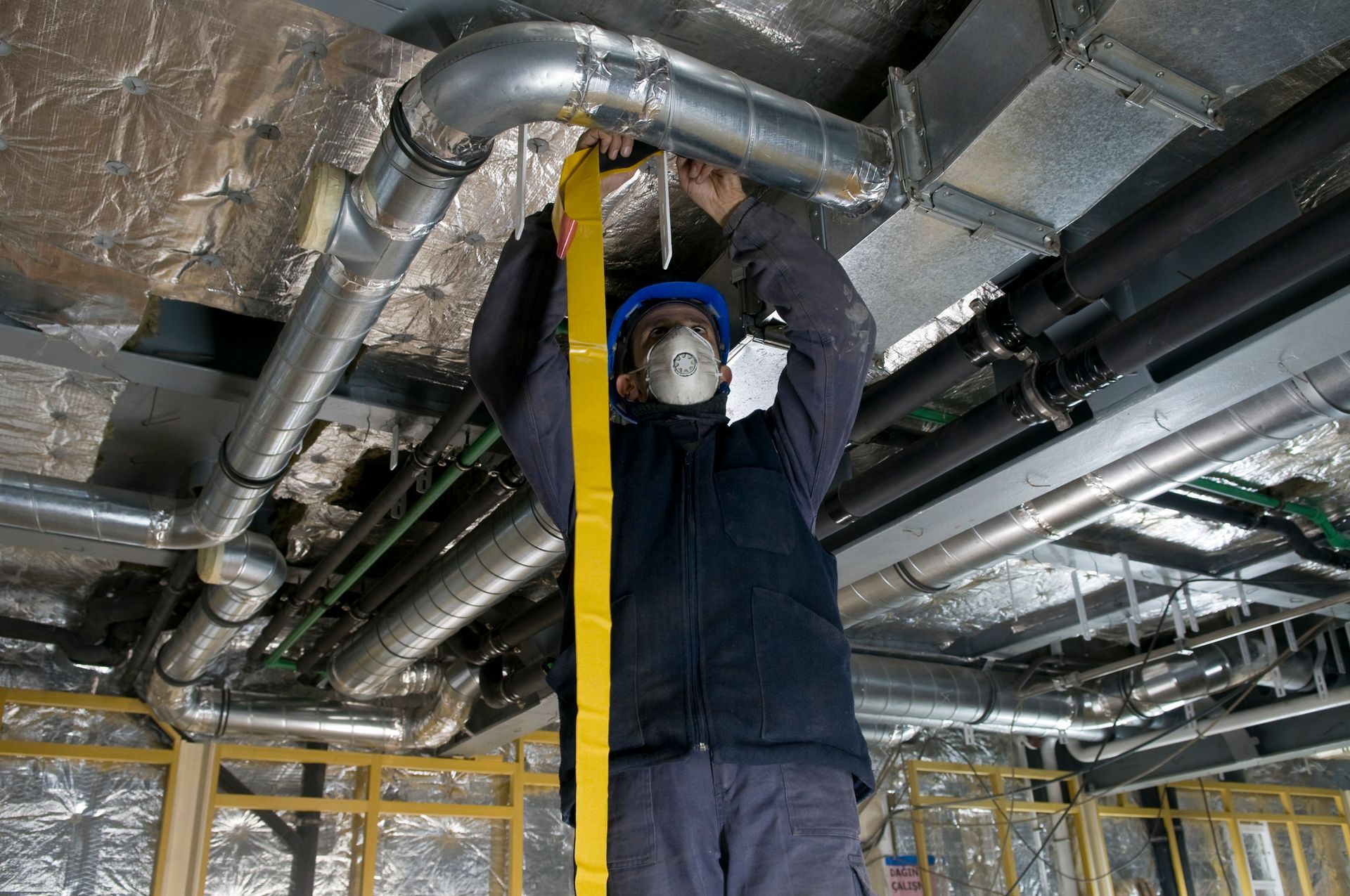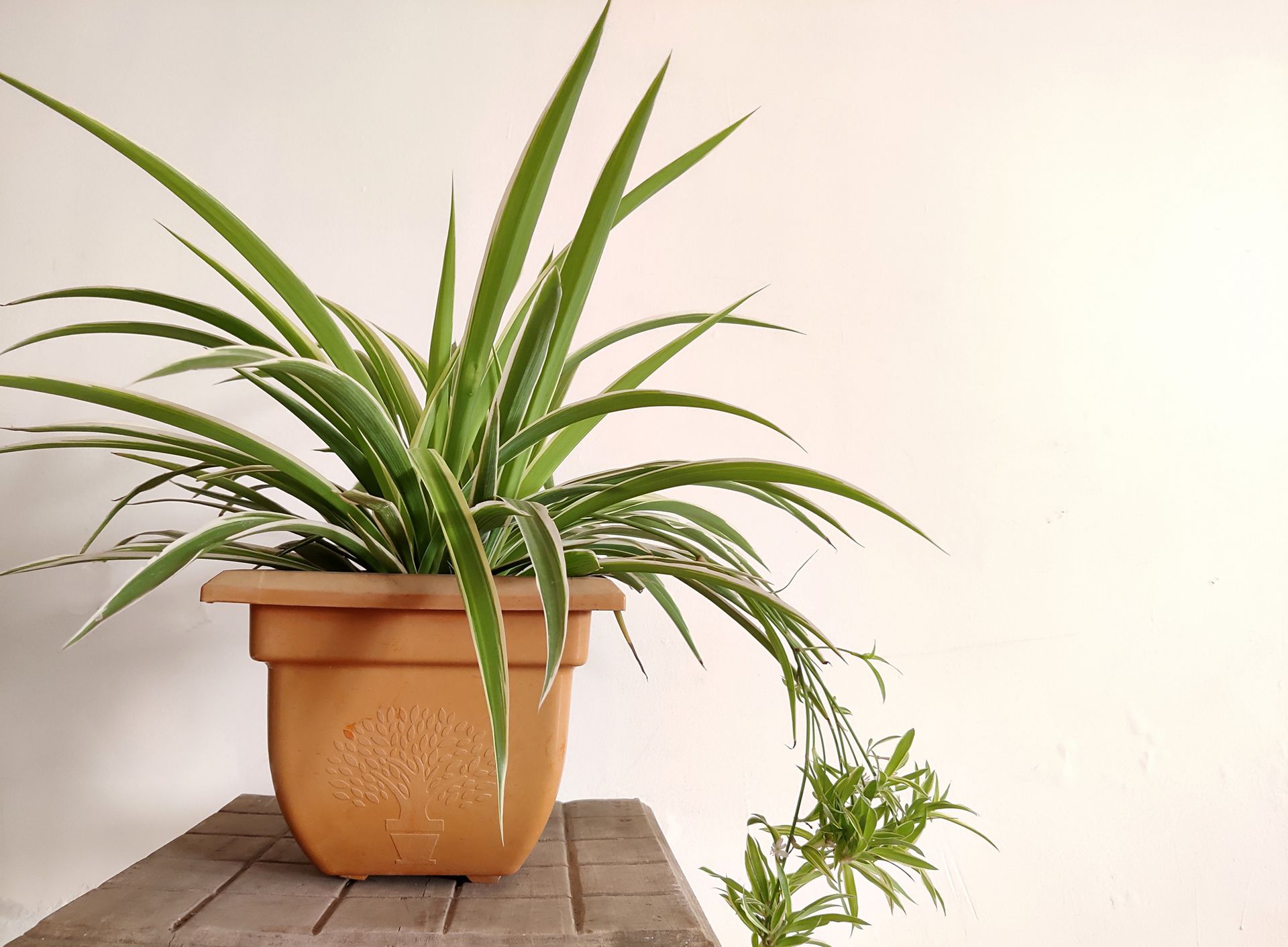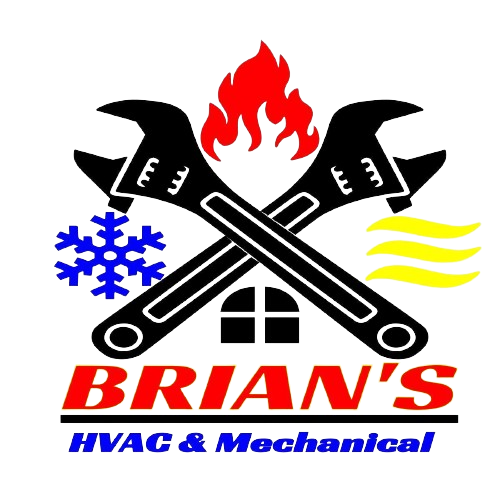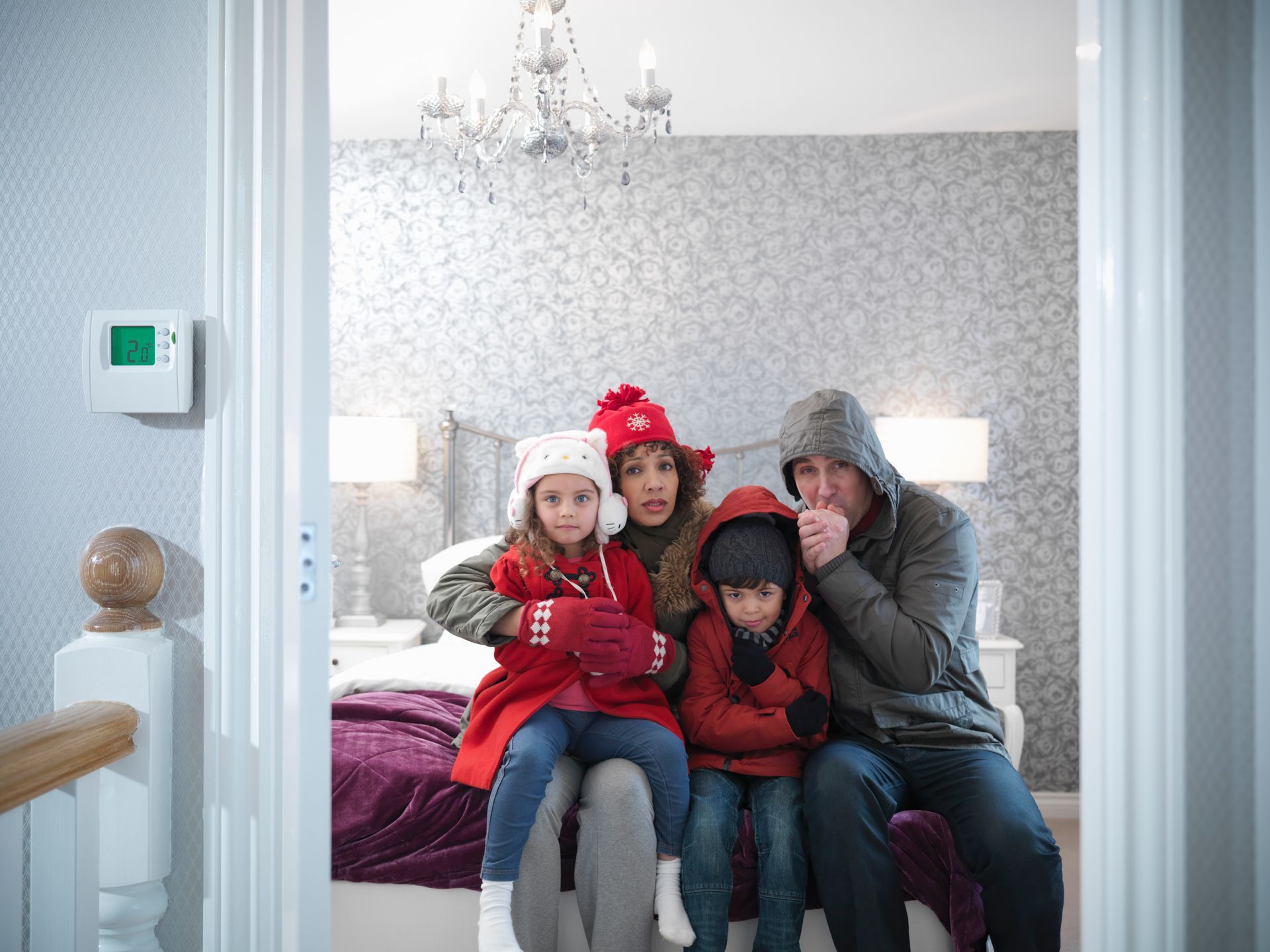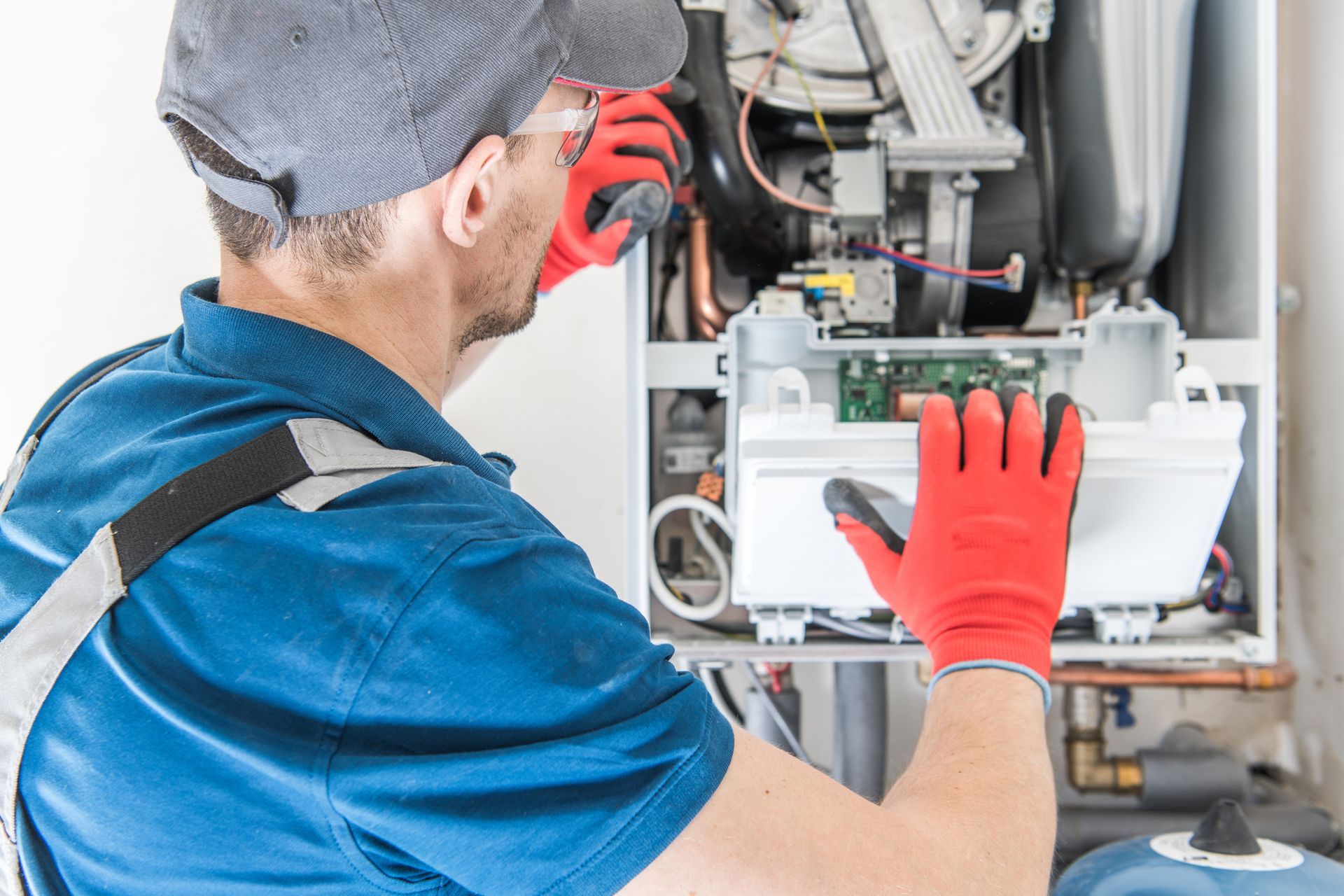Home Automation: A Cool Idea for Your Heating and Cooling System
Have you ever wished your home could do things on its own, like keeping you cool in the summer and warm in the winter without you having to lift a finger? Well, with home automation, it can! Home automation means using smart technology to control things in your house, and it's especially great for your heating and cooling system. Let’s explore why automating your heating and cooling system is a fantastic idea.
What is Home Automation?
Home automation is like giving your house a brain. Imagine if your house could think for itself and do things like turning off the lights when you leave a room, locking the doors at night, or adjusting the temperature to keep you comfortable. All of this is possible with smart devices that you can control using your phone, tablet, or computer.
Why Automate Your Heating and Cooling System?
1. **Saves Money**
One of the best things about automating your heating and cooling system is that it can save you money. Smart thermostats, which are part of home automation, can learn your schedule and adjust the temperature when you're not home. This means you’re not wasting energy heating or cooling an empty house. Over time, this can lower your energy bills significantly.
2. **Increases Comfort**
With a smart thermostat, your home can always be the perfect temperature. These devices can make sure your house is nice and warm when you wake up in the winter and cool and comfortable when you come home in the summer. You can even set different temperatures for different rooms!
3. **Easy to Use**
Smart thermostats are very user-friendly. You can control them with a simple app on your phone. If you're at school, at a friend’s house, or even on vacation, you can still adjust the temperature of your home. Forgot to turn off the air conditioning before leaving? No problem! Just do it from your phone.
4. **Good for the Environment**
Using a smart thermostat is also good for the planet. By reducing the amount of energy you use, you’re helping to reduce pollution and conserve natural resources. It's a small change that can make a big difference.
How Does It Work?
1. **Smart Thermostats**
The heart of home automation for heating and cooling is the smart thermostat. These devices connect to your Wi-Fi and allow you to control your home’s temperature from anywhere. They can also learn your habits and make adjustments automatically.
2. **Sensors**
Some smart thermostats use sensors placed around your home to detect which rooms are being used. If a room is empty, the thermostat can adjust the temperature to save energy. When someone enters the room, the temperature can go back to a comfortable level.
3. **Voice Control**
Many smart thermostats work with voice assistants like Amazon Alexa or Google Assistant. This means you can change the temperature just by talking to your device. Imagine saying, "Hey Alexa, make it warmer," and your house does it for you!
Setting Up Home Automation for Heating and Cooling
1. **Choose a Smart Thermostat**
There are many smart thermostats available, like the Nest Learning Thermostat or the Ecobee SmartThermostat. Choose one that fits your needs and budget.
2. **Install the Thermostat**
You might need an adult’s help for this part. Installing a smart thermostat usually involves connecting it to your existing heating and cooling system. Most companies provide easy-to-follow instructions.
3. **Download the App**
After installation, download the thermostat’s app on your phone or tablet. This will allow you to control the thermostat remotely.
4. **Set Your Preferences**
Use the app to set your temperature preferences. You can create schedules based on your daily routine so the temperature adjusts automatically.
5. **Connect Other Devices**
If you have other smart devices, like sensors or voice assistants, connect them to your thermostat. This will give you even more control over your home’s temperature.
Benefits You’ll Notice Right Away
1. **Comfort**
You’ll always come home to a comfortable house. No more sweating in the summer or shivering in the winter.
2. **Convenience**
Adjusting the temperature is as easy as tapping on your phone or speaking to a voice assistant.
3. **Savings**
Watch your energy bills go down as your smart thermostat helps you use less energy.
4. **Peace of Mind**
Even when you’re not home, you can make sure your house is at the right temperature.
Conclusion
Home automation, especially for your heating and cooling system, is a smart and cool idea. It saves money, increases comfort, is easy to use, and is good for the environment. By using smart thermostats and other devices, you can turn your home into a place that takes care of itself and keeps you comfortable all year round. So, why not give it a try? Your future self will thank you!
